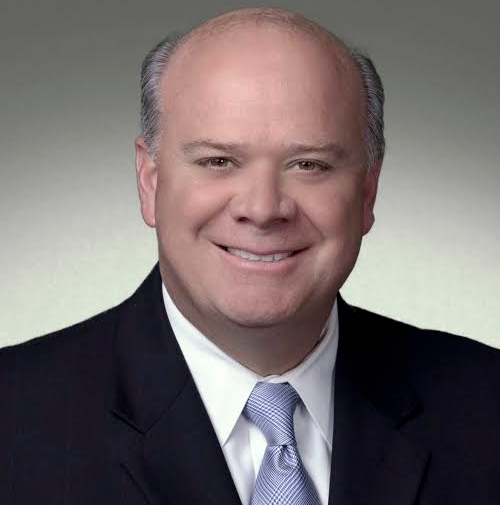By Steve Rowley, Cox Business

In recent years, the movement toward shopping small has gained momentum as consumers work to improve the communities in which they live by patronizing small businesses. While this trend generates a lot of attention during Small Business Week and Small Business Saturday, the vast majority of consumers are making these efforts an ongoing campaign.
In fact, according to The 2015 Cox Consumer Pulse On Small Businesses, 92% of consumers around the country visit a small business at least once a week — with slightly less than half (46%) patronizing a small business three or more times a week.
The Cox survey gauged the sentiments of nearly 1,400 consumers around the country to get their reasons for shopping small. The good news is, from coast to coast, consumers are circulating their money where it has the greatest impact — on Main Street. This impact can be measured in real dollars.
According to some reports, of every $100 that is spent locally — $68 stays in the economy. This circulation of cash does a lot for local economies, from helping spur job creation to strengthening overall infrastructure.
With that in mind, what can small retailers do to continue fueling support for their businesses and ultimately drive more spending within their communities? Beef up marketing and play up unique customer experiences for starters.
Small Business. Big Service.
In general, consumers feel they get a better level of customer service when patronizing small businesses. In fact, better customer service ranked second only to the “need to shop local.” At the same time, consumers pointed to a variety of ways that small retailers can improve the customer experience even more, with tactics from broadening their offerings to expanding their hours of operation. Here is a quick glance of the myriad ways consumers believe small retailers can move the customer service needle in their collective favor:
- Offer more competitive pricing (53%)
- Offer frequent shopper/loyalty programs (46%)
- Expand their hours of operation (32%)
- Broaden their offerings (24%)
- Offer free Wi-Fi (20%)
- Offer e-Commerce capabilities (11%)
- Offer more payment options (mobile) (9%)
- Hire more employees (9%)
Loyalty programs, in particular, can be an effective way for small retailers to develop and maintain long-lasting relationships with customers. Whether you’re leveraging punch cards, social media or sophisticated frequent shopper apps to reward repeat customers, your loyalty toward them can pay off. In fact it’s been reported that 75% U.S. companies with loyalty programs generate an ROI.
The Way To A Customer’s Heart
Attracting customers and keeping existing customers engaged can be particularly challenging for small business owners as they deal with time constraints and workplace issues like hiring and labor laws. With this as a backdrop, small retailers will need to make a concerted effort to reach customers and prospects through the most effective channels.
According to consumers, small retailers can best catch and keep their attention through:
- Email (53%)
- In-person events (48%)
- Social marketing (45%)
- Direct mail (32%)
- Texts/SMS (18%)
- Phone (7%)
Although email is king, it’s estimated that more than 130 billion emails will be sent per day by the end of 2017. In other words, small retailers should consider utilizing email in conjunction with in-person events and social media to break through the inbox clutter and reach their customers and prospects.
The New Normal
Both National Small Business Week and Small Business Saturday have done so much to raise awareness and recognize the contributions of small retailers around the country. With special attention to strengthening existing customer relationships and savvy techniques to catch the eye of new customers, small retailers can do their part to continue the momentum toward making shopping small the new normal for consumers.
Stephen Rowley serves as Senior Vice President of Cox Business, overseeing its strategic direction, including all marketing, operations, sales, product development and partnership initiatives. Before leading Cox Business he was vice president of sales and field operations for Cox Business’ western U.S. markets where he served as the chief liaison between corporate headquarters and the western markets with oversight on local strategic planning, sales performance, marketing, back office, customer installations and capital investment. Cox Business commissioned a blind survey of American consumers in April of 2015. Respondents to the online survey included a total of 1,366 consumers around the country.






